
Remembering and following the basics of safe driving can prevent crashes and fatalities on the road. Some of the basics include: always wearing a seat belt, obeying road signs and traffic signals, keeping a safe distance from vehicles, maintaining a reasonable speed and avoiding texting or eating while driving so you can be aware of your surroundings.
This safety video is a crucial reminder for all drivers about the importance of adhering to stop arm laws when approaching a school bus.
By understanding the rules and recognizing the risks, we can all play a part in keeping our roads safe. Please take a moment to watch the video and learn how you can help protect the lives of children in your community.

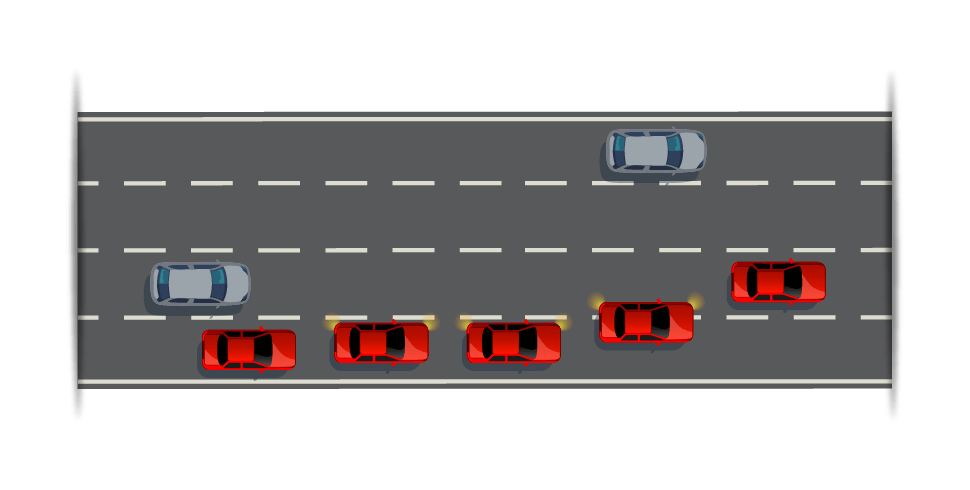
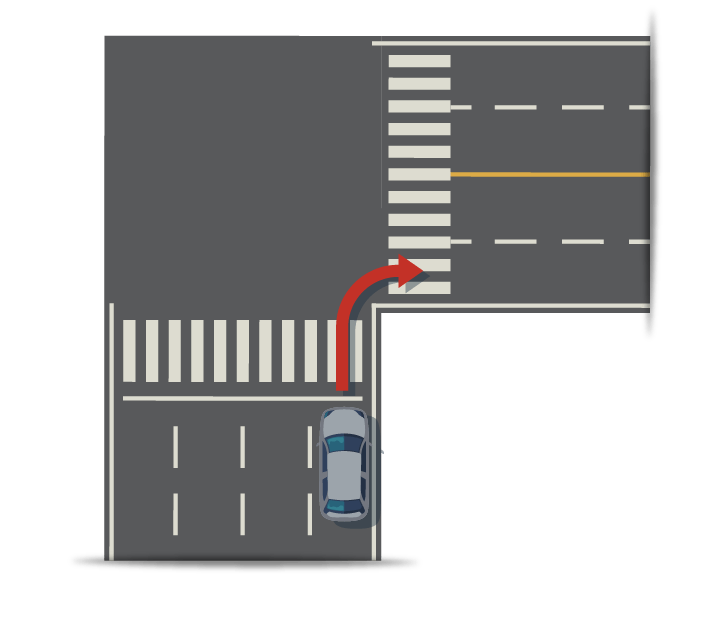
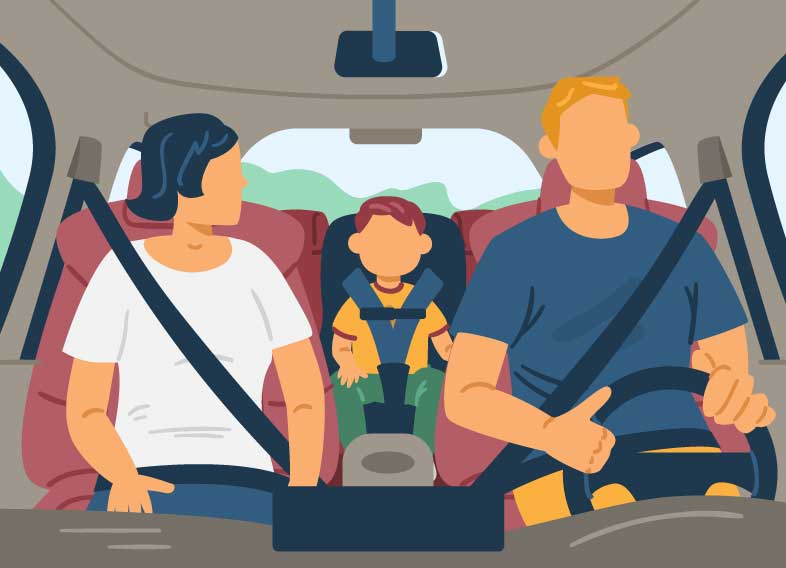
Good drivers always signal their intentions well in advance. Signals are required:
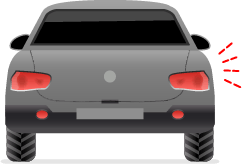
For two seconds before turning.
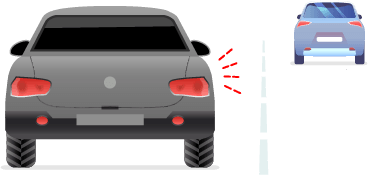
For two seconds before beginning any lane change.
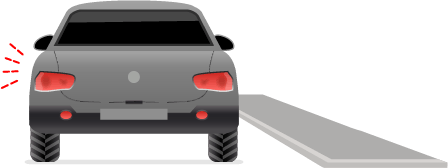
Any time you pull away from a curb.
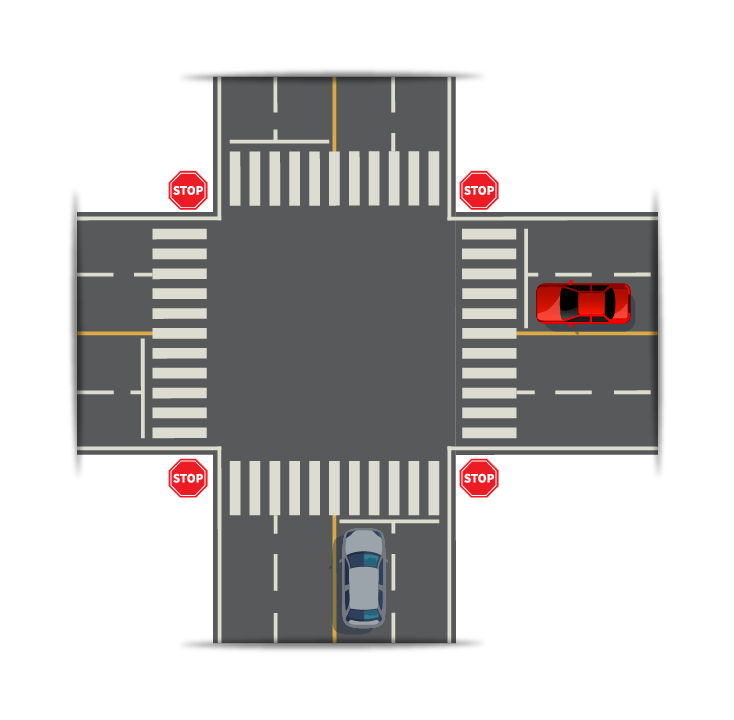
If two drivers arrive at a four-way stop at the same time, yield the right of way to the driver on the right.
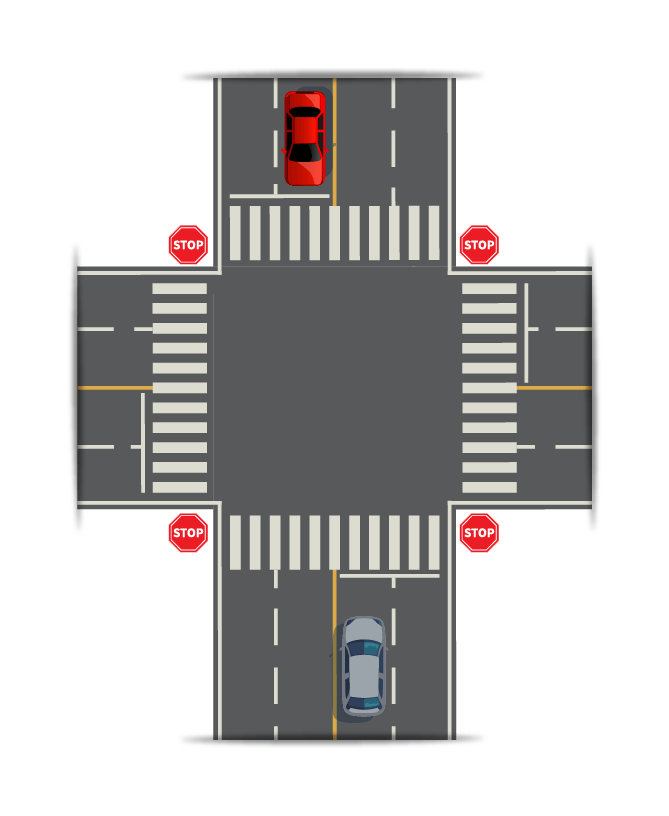
To a driver who is at the intersection before you.
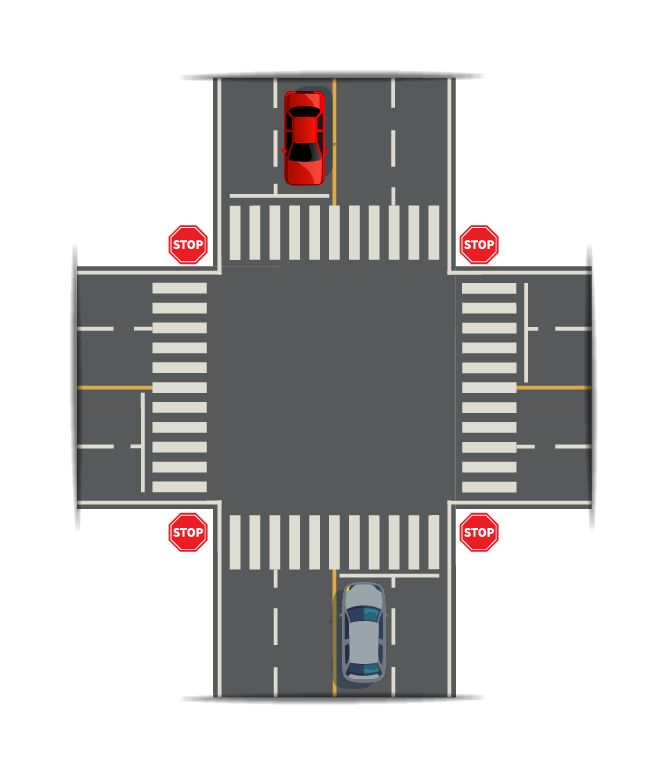
To drivers in the opposite lane when you are making a left turn.
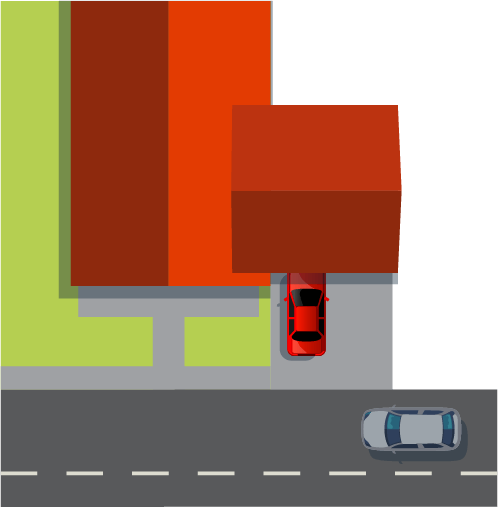
To drivers on a public road if you are coming from a driveway or a private road.
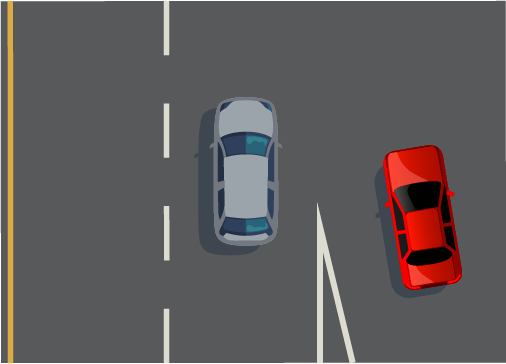
To drivers already on an interstate highway if you are on the entrance ramp.
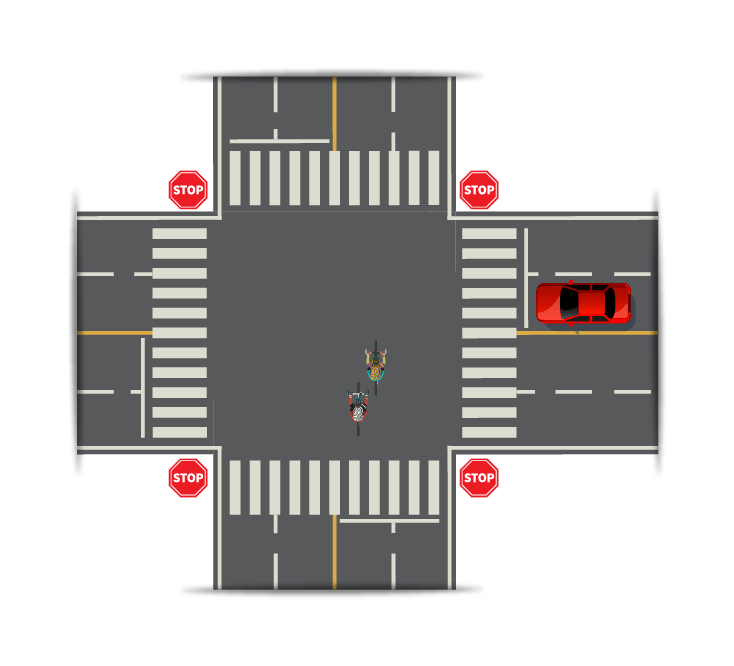
To pedestrians, bicyclists, and others that are still in the intersection.
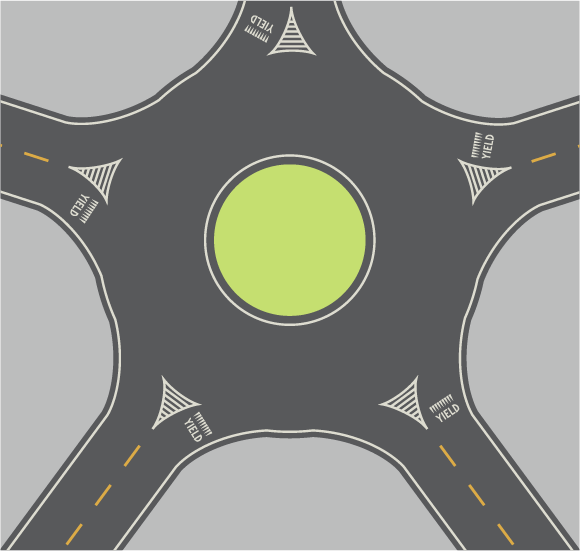
Entering traffic yields the right-of-way to traffic in the circle.
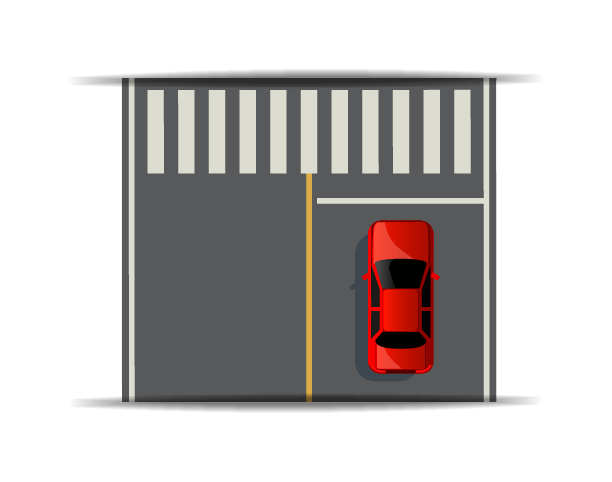
One of the most important traffic laws to follow. It is essential to ensure your safety, as well as the safety of other drivers and pedestrians on the road. Remember, stop lines and stop signs are not just suggestions – they are the law.
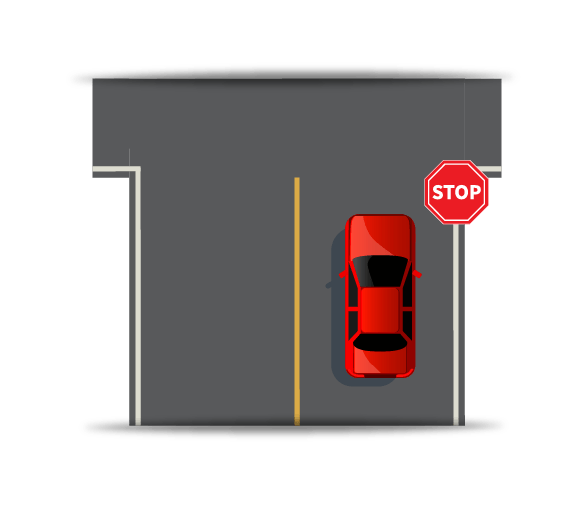
You must stop before the intersection or stop sign. You must yield to pedestrians entering or in a crosswalk, even if it is not marked. You are not allowed to park within 20 feet of a crosswalk.
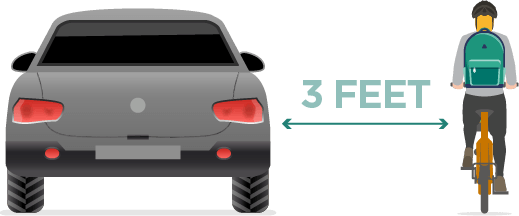
Give them as much space as you can. Utah law requires a minimum three feet of distance from any bicyclist or vulnerable user of the highway you are passing.
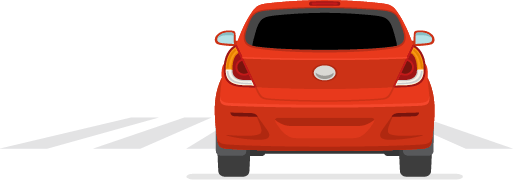
There may be people crossing that you can’t see.